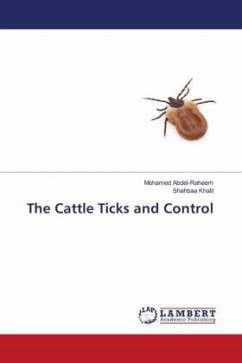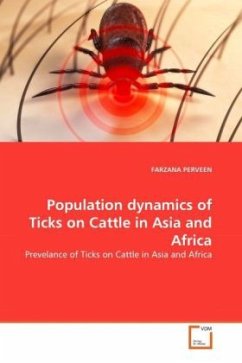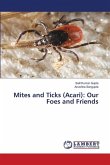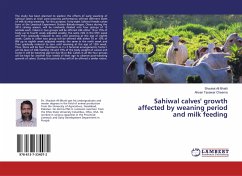Parasitic diseases are a global problem and considered as a major obstacle in the health and product performance of animals. These may be due to endo-parasites that live inside the body or ecto-parasites such as ticks, mites, flies, fleas, midges, etc., which attack the body surface. Ticks are obligate, blood feeding ectoparasites that feed on a wide range of vertebrate hosts. There are currently 896 recognized tick species worldwide , made up of the families Argasidae, Ixodidae (hard ticks) and Nuttalliellidae which contains one species. The Ixodidae family contains approximately 702 species across 14 genera; however these numbers are in constant flux due to advances in molecular methods and their ability to resolve taxonomic disparities. The importance of ticks lies not only in their direct effects (blood loss, damage to skins, debilitation), but usually even more in their role as vectors of pathogens, ticks are able to transmit tick-borne infectious agents to vertebrate hosts which cause major constraints to public and livestock health. The costs associated with mortality, relapse, treatments, and decreased production yields are economically significant.








